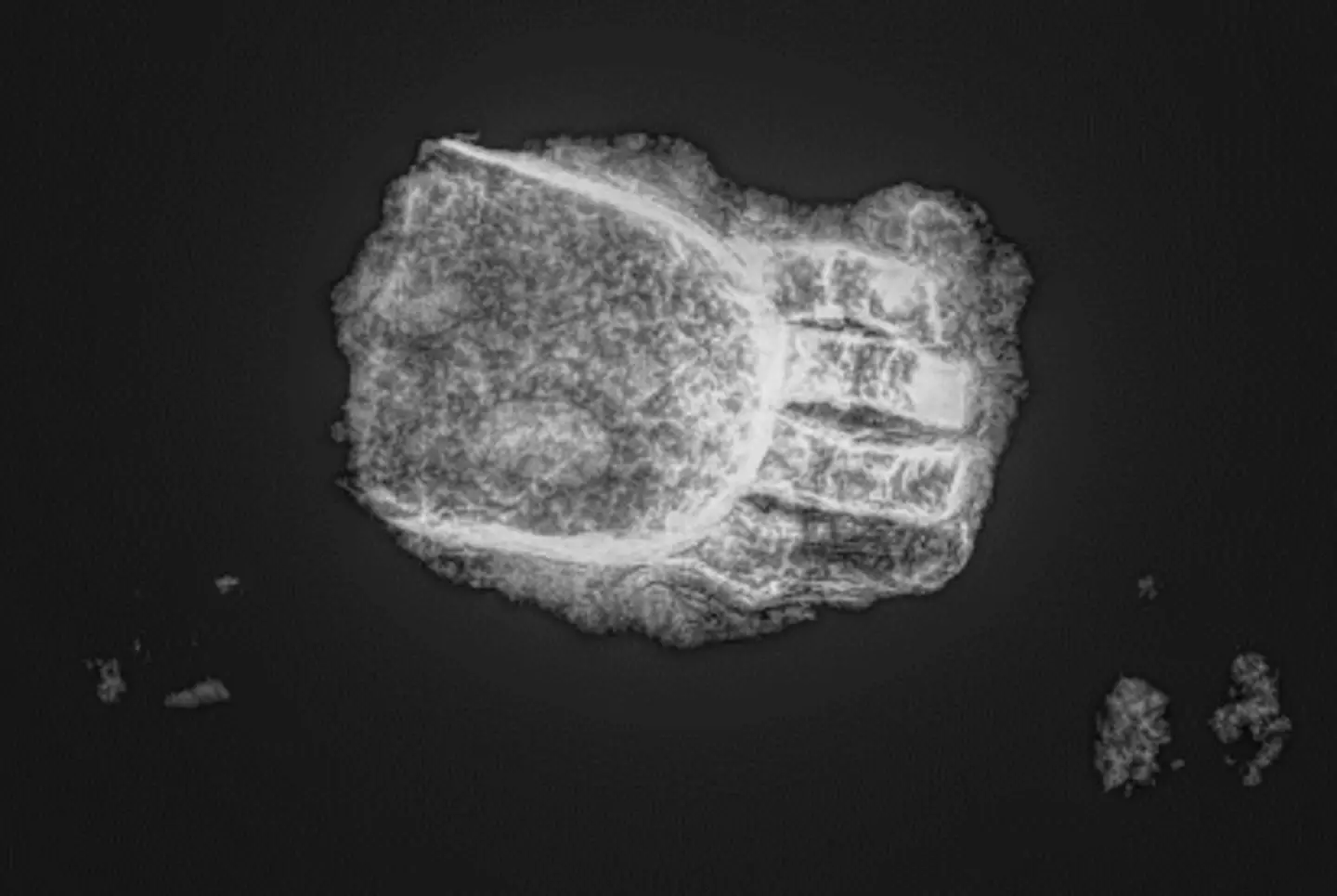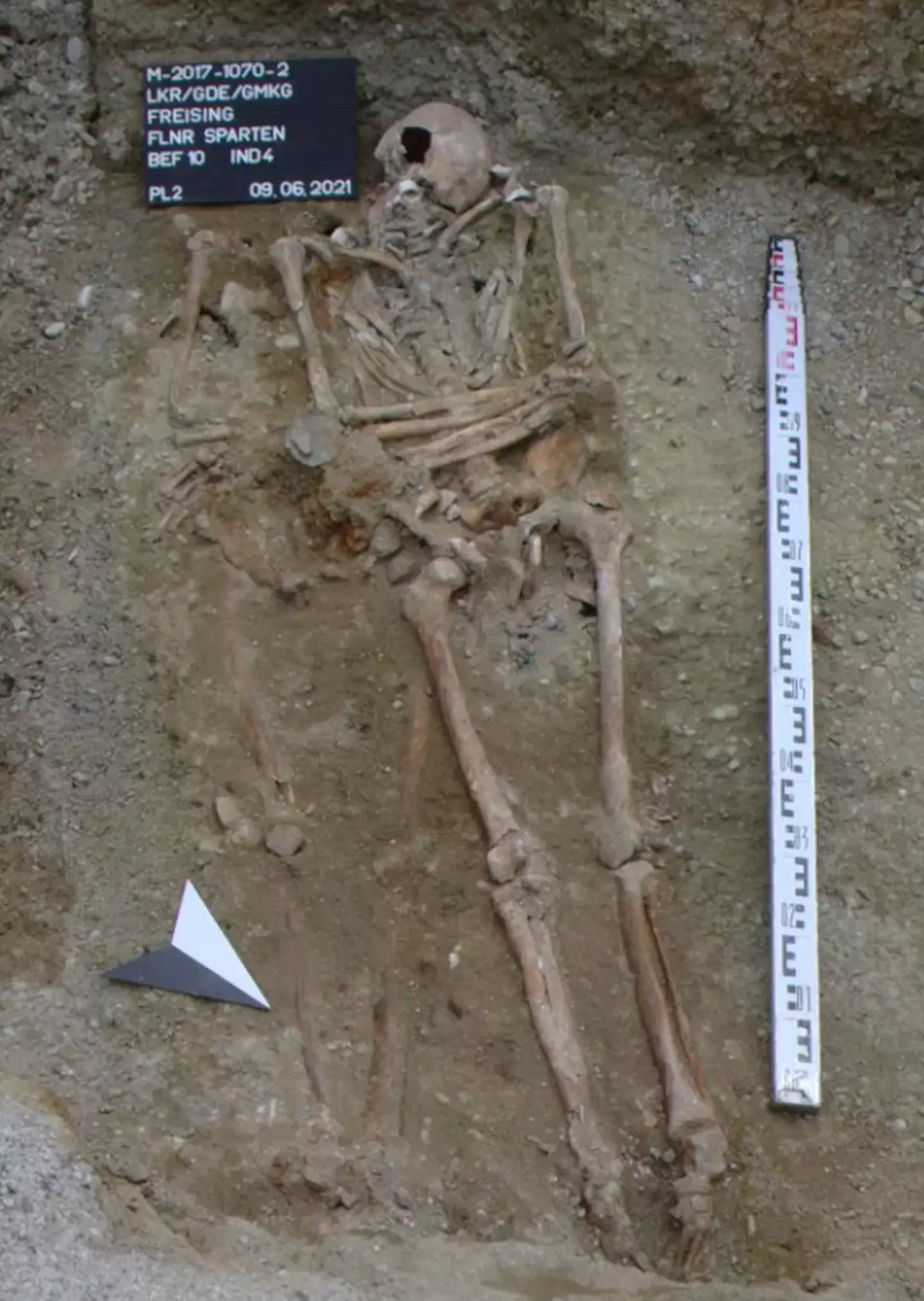
Healthcare has come on leaps and bounds in the last few decades, but a 400-year-old prosthetic discovered on a skeleton proves that not all of our ideas are new.
Admittedly the materials and the process used to attach the prosthetic were probably a little less sterile and a little more painful a few hundred years ago, but the creation of a substitute hand is impressive all the same.
The discovery of the prosthetic was made during pipeline work in a grave in the Bavarian town of Freising, near the parish church of St George in Germany.
Advert
Images released by the Bavarian State Office for Monument Protection show a skeleton lying in the ground, with its arms crossed in front of its body, but it was the remains of the left hand in particular that caught the attention of archeologists.
In a press release, the office described the find as 'something special'.
Created with iron and non-ferrous metal, the prosthetic was still attached to the remains of the left hand, and is believed to have once been covered with leather.
Inspection of the skeleton indicates that the fingers were amputated when their owner was still alive, leaving only the thumb behind.

Dr Walter Irlinger, head of the Bavarian State Office for Monument Protection, explained that the prosthetic added four fingers to the owner's amputated hand.
Advert
"The index, middle, ring and little fingers are individually formed from sheet metal and are immobile," he said.
"The finger replicas lie parallel to each other, slightly curved. Presumably the prosthesis was made with straps [to be tied] on the stump of the hand."
The remains of gauze-like cloth found inside the prosthetic are believed to have acted as a cushion to protect the remains of the hand.

Analysis of the remains led the archaeologists to believe that they belonged to a man who lived sometime between 1450 and 1620.
Advert
Though his cause of death is unknown, he is thought to have been aged between 30 and 50 when he died.
His death came around a time when there was a higher need for amputations and demand for prosthetic technology due to conflict across Central Europe, such as the Thirty Years' War.
Similar prosthetics have previously been discovered around Europe, including both static and mechanical styles.
Though the discovery in Freising isn't the most complex example of prosthesis uncovered, it indicates that doctors were already thinking at that time about how they could make life easier for amputees.
Topics: Science, World News, Health